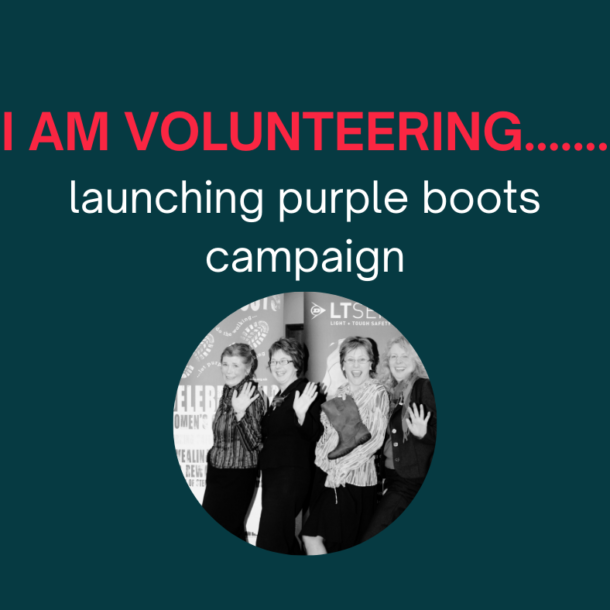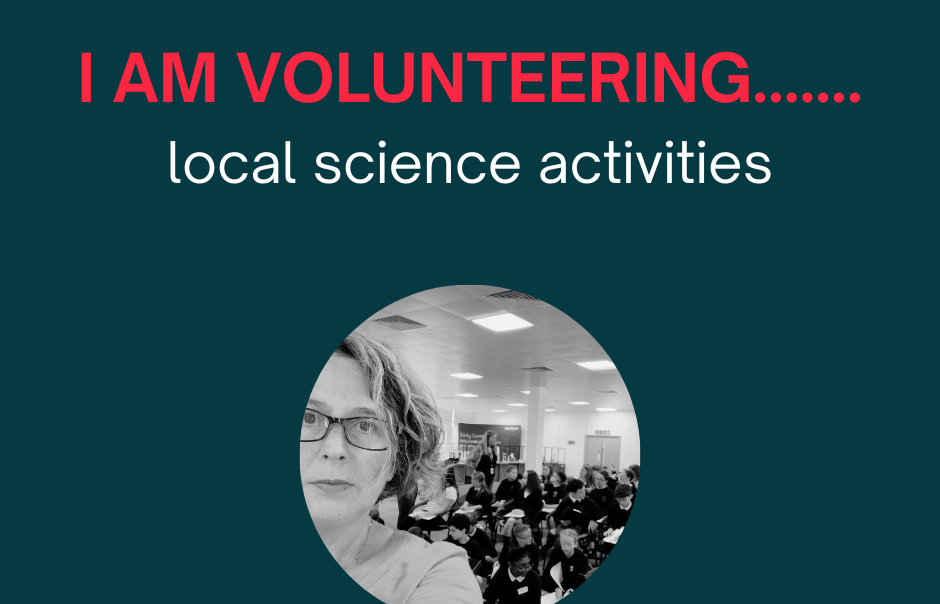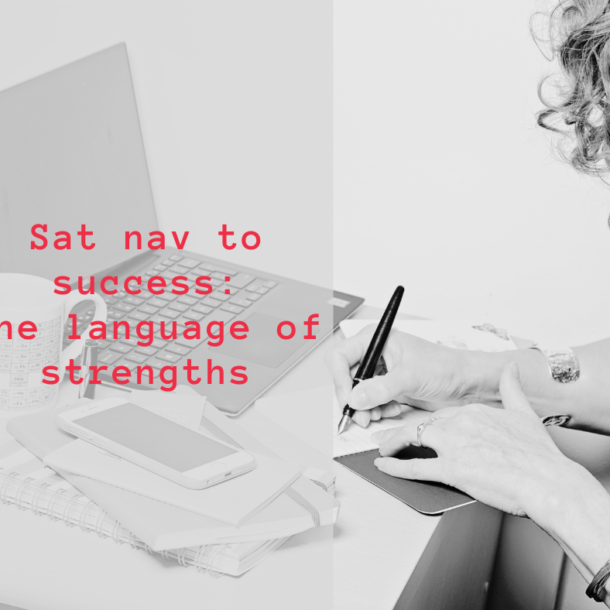
The beginning of the ‘000s saw a growth in the activity of professional science societies and institutions exploring their membership and the challenges facing women in STEM careers. Notably the Institute of Physics and the Royal Society of Chemistry.
As beacons of their professions and disciplines, these organizations are prime catalysts for change. The highlights of the status in 2007 from work with Sean McWhinnie for the Science Council and UKRC are below.
The key findings
- A total of sixteen member organisations submitted completed forms. The EDSnap survey and follow up discussions found interest and commitment in adopting a more evidence-based and strategic approach to equality and diversity in some of the responding organisations and a reluctance to collect evidence in many.
- None of the Science Council members were found to have an effective programme that spread across all functions and activities.
- A number of organisations said they were unsure of where they were starting from or were bewildered about what to do first. Others have been active in developing promotional activities while some have been busy working towards ensuring the organisation and the profession meets the needs of all of its stakeholders.
- A number of organisations have done something on gender and / or are working to comply with legislation on disability but few have done much to ensure they comply with the general duty of the race relations amendment act.
- Two organisations at the time of the survey were going through a process of consultation in the development of a more sustainable E&D programme.
- Three levels of development for organisations starting on the E&D journey have been identified and none of those responding to this survey fell into level 3.
The variation in size of the member organisations was important in informing the development of the toolkit so that it is as appropriate to the needs and abilities of the smaller member organisations as the larger ones. In particular that large amounts of funds are not necessary to improve an organisations impact in terms of E&D.
The responses to the self-completion survey were analysed along with further information that was supplied ranging from business plans, corporate glossies, reports, journals and newsletters and special publications targeted at women or BME groups.
Tackling different dimensions of diversity
There has been some activity focused on gender, but barely anything on ethnicity. But there has been some activity on disability issues and attention to age by most of the respondents. For the most part organisations’ efforts have been small scale, profile-raising activities run by marketing or education teams. However a number of organisations have recently started to develop more strategic approaches and two organisations at the time of writing were going through a process of consultation in the development of a more substantial and sustainable equality and diversity programme.
Whilst some organisations could see benefit in doing more to address E&D and saw a marketing, profile-raising opportunity, others saw improvements in the numbers of women PhD students as a sign that the issue of women’s underrepresentation was effectively solved.
Policy, values and infrastructure
There is evidence of some good practice in policy development, values and infrastructure on which to draw but considerable variation in the extent to which organisations have begun to embrace equality and diversity. In some organisations staff were actively tackling equality and diversity and were aware of areas in which they needed to improve. In others there was disagreement among staff about what was being done at a policy level and what should be done. Other organisations had done little, but were concerned that they needed to learn more about what needed to be done.
Data collection and use
Overwhelmingly there was lack of data available. Interviews revealed a general aversion to collecting data. A fear of how it might be used was apparent and it is widely considered to be “too sensitive” to handle. It is clear however that without sufficient evidence of there being a need to take action, many organisations will not review or consider modifying their policies or practices. The organisations that have begun to collect ethnicity data have found it of vital importance in informing the development of their plans and in informing education and industry about skills and training needs.
Dialogue with scientists
It should be noted that the researchers found it difficult to develop a dialogue with BME scientists. Even through personal contacts and network groups, as well as the societies themselves few BME scientists were forthcoming. A paper survey was undertaken through personal contacts and their colleagues, but it was only by using a university equality and diversity office and offering confidentiality that any numbers of responses were gained. Telephone discussions were used too. The summaries of the discussions are presented later.
The diversity toolkit structure
The Diversity Toolkit content was informed by the member organisations’ needs, ranging from organisations that have been very active for sometime and have begun to develop a strategic framework to those who have not considered equality and diversity in any detail before. The toolkit was therefore developed to offer a framework for action using a series of steps, checklists and examples from a variety of sectors. Information was sourced to offer background to the drivers for taking equality and diversity action and ensure that the supporting legislation as it impacts on professional organisations was available.
Key headlines
In summary the key findings of the project were:
- An aversion to collecting data disaggregated by ethnicity in particular
- Limited evidence of a strategic approach to equality and diversity
- Business case for equality and diversity has not been substantiated or promulgated
- Demographic profile of governing body and senior staff not reflective of the broad spectrum of visible difference
- Existing culture of professional societies presents a potential barrier
- Benefits of professional membership evident in supporting the career development of women
- Lack of reference to or engagement with race and ethnicity.
- Issues of multiple identities[1] not evident or reflected in profile of women in STEM
- Where positive action projects do exist, limited evidence of how impact is assessed
Recommendations for further action
Evidence of good practice and enthusiasm for equality and diversity was found among parts of this community. Capacity and commitment was patchy and many of the professional societies were not clear about the next steps that they need to take or were nervous about the time and cost burden. The Diversity Toolkit will help in part — but will need ot be accompanied by other efforts, for example the Science Council and UKRC can play a leading and facilitating role in taking this study forward. Those organisations further down the equality and diversity path could play a bigger role in sharing good practice among others. To this end we recommend:
- A role for UKRC and the Science Council in championing and providing leadership on equality and diversity in the sector represented by the Science Council.
- As a champion the Science Council will need to:
- ensure its own programmes and activities, especially the Chartered Scientist designation, are operated in accordance with current best practice on gender and diversity.
- acknowledge the importance of good data and consider introducing regular data surveys to encourage more member organisations to collect key data, if necessary providing advice and support for this work.
- Work to develop links with networks and other bodies to provide a directory of groups for its members in order to facilitate dialogue with under-represented groups.
- Develop and facilitate training opportunities for members that takes account of their differing levels of staffing and resources including:
- Structured workshops and training where organisations can share knowledge about programmes they are taking part in to share benefit and participation.
- The development of action learning through the formation of a diversity network from across the sector to share knowledge, research and priorities.
- Identify or develop in partnership with others a diversity leadership training programme
- Establish an equality and diversity Working Group, to continue development of policies and activities in this area and to oversee an annual focal event to celebrate progress and ensure the issue is not lost and dialogue and networks are maintained.
- Support a web based, anonymous survey along the lines of the Athena ASSET survey to build trust and confidence among BME communities. The Science Council should consider whether the survey, even if identical is marketed solely at BME scientists.
- The infrastructure to support BME scientists doesn’t exist in the UK. There are few support mechanisms, and to date there has been a low level of dialogue with this group to identify the issues they face. Feedback from BME scientists suggests that they would welcome a communication channel.
[1] Multiple Identity indicates that a person has characteristics of difference that imply they could belong to more than one diversity category, for example a black women will identify with being black and being a woman. In reality everyone belongs to more than one diversity dimension but these are often not significant if these dimensions are the majority.



